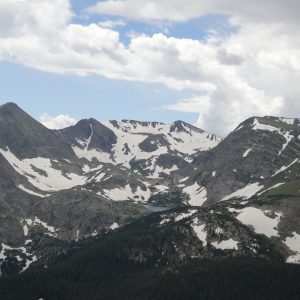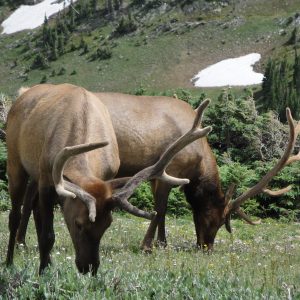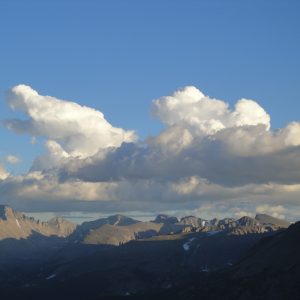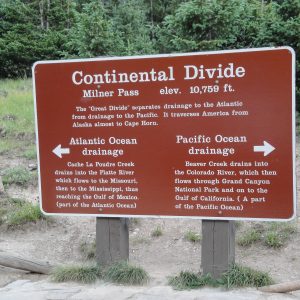I am now a tad over half way done with my adventures in Colorado for my internship in Denver. Life has passed by quickly while working in the beautiful scenery in this area. Summer has come and gone and fall is now here with talk of snow being around the corner? Being from Iowa, snow usually hits around the end of November or beginning of December with possible early surprises around Halloween from time to time. So talk of snow hitting in September is so foreign to me. Well, living in a new area provides fun new experiences. At least my supervisor told us that the first few snow falls don’t usually stick for long, but could end our seed collecting season early. My fingers are crossed for no early snow.

Phacelia formosula
With summer over, our rare plant monitoring is now winding down. Our last two day trip was a few weeks ago near Walden, CO for North Park Phacelia that is in the waterleaf family, Phacelia formosula. This was our only frequency monitoring that we performed this year. Frequency monitoring is performed along a transect and a quadrat is set at a determined measurement and it is recorded if the plant exists within that particular location, for this research a meter by meter quadrat was used. The quadrat is then placed along the same transect at equal distances apart (2 meters) with the first one set randomly at 0, 0.5, 1, or 1.5 meter mark a certain number of times, ten times for this plot, and is repeated for each transect.

Looking for P. formosula within a quadrat along a transect.
So, when we saw P. formosula in four of the ten quadrats along our first transect, our plant had a forty percent frequency, which is recorded and later statistically analyzed with data collected from past years. This research on P. formosulais also extended to frequency of flowering to extrapolate its reproductive potential this year and trends over time.

A gust of wind and thermal convection took a good portion of our data sheets... we luckily found one down the road though the rest were long gone.
On our way home from our monitoring extravaganza, we stopped by Kremmling, CO to check out two plants we had seen flowering earlier and luckily found that they were both fruiting and ready for harvest. We ate lunch, and first began with Castilleja flava, an Indian Paintbrush species (yellow) and finished a long day with Triglochin maritime, an arrowgrass species, and then finished our trek home. Since then, we have been collecting seed and have doubled our collections within two weeks. Part of the reason for this explosion of seed collecting is that earlier we were also monitoring rare plants, some of our collections were difficult and needed multiple trips to complete them, and many of the plants were not fruiting yet. Only so much can be done based on Mother Nature and how the plants react to the weather conditions. We had a boom this year with a really wet late spring and early summer, but then went into a drought that has hindered many plants.

Cool red rock formation at South Valley Park
As we keep ramping up our seed collections, finish our last two single day trips for monitoring, and fall takes over, I am looking forward to seeing all the beautiful fall colors I’ve only heard about in the mountains of Colorado.
Jeffrey Flory, BLM Colorado State Office














